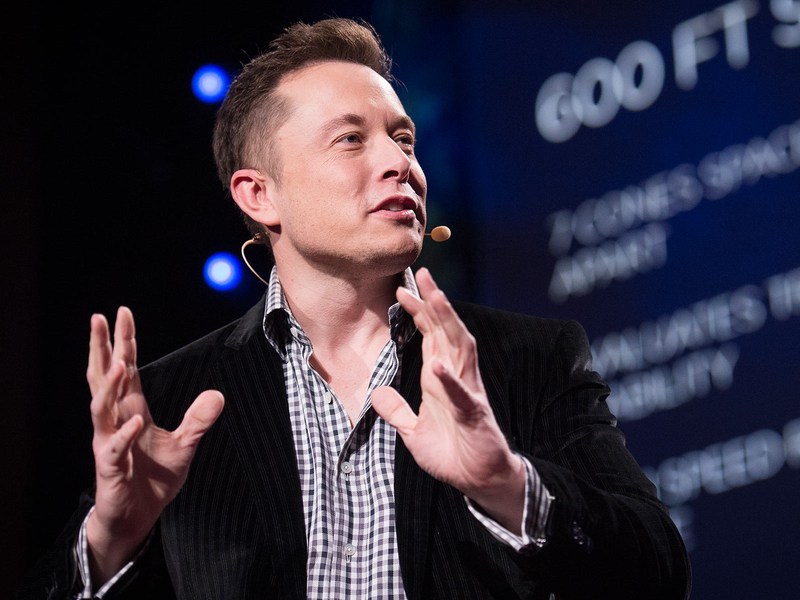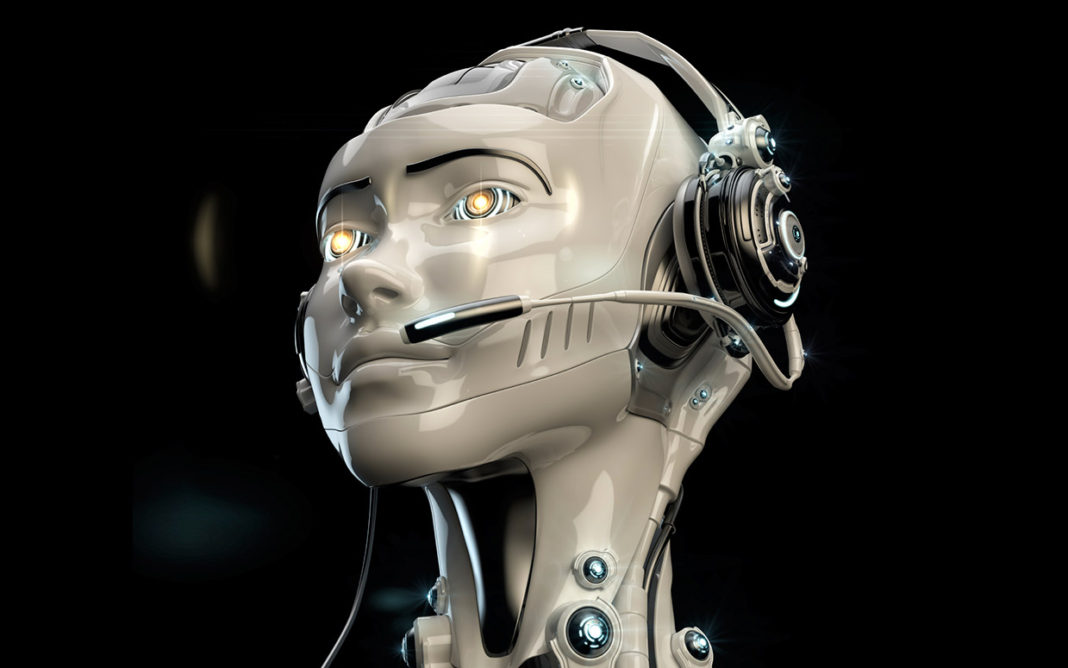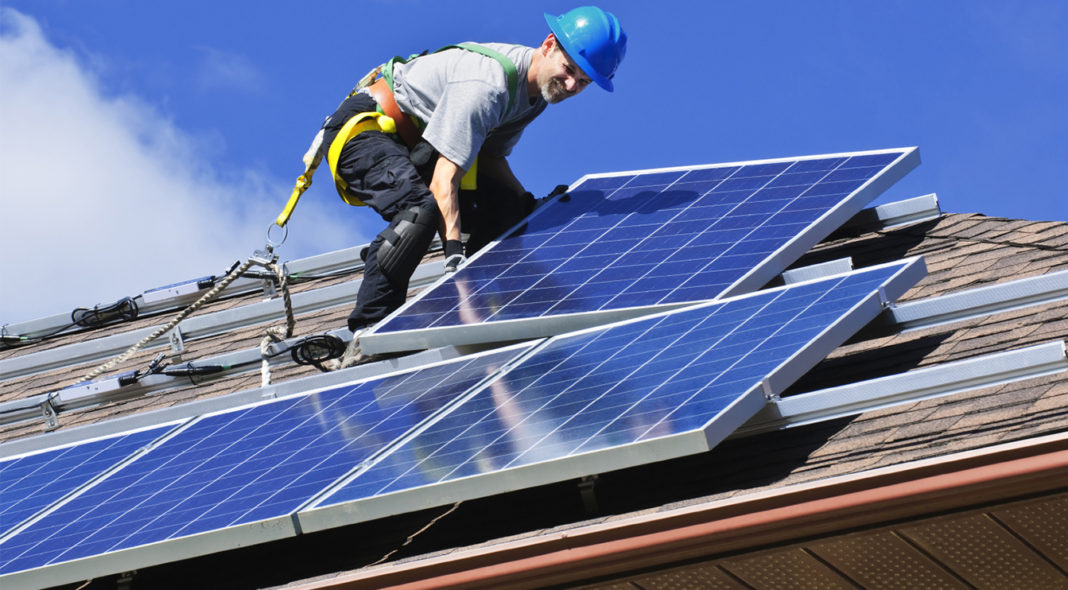Elon Musk is a man with many visions and is a man who knows what he wants. The Tesla founder is not one for shying away from difficult tasks, and his Master Plan is proof of this. With one phase of the master plan already taken care of it is time to move on to the next phase and with that comes a whole new range of technologies that will effectively change the world as we know it.
The first step for Musk and his team was with the introduction of the Giga factory in Nevada that will produce Tesla’s lithium-ion batteries. But there are several other technologies available that Musk can use to make all of his dreams come true including hydropower, rail power, air storage, power-to-gas, and flywheels.
Hydropower is a great form of renewable energy and has been around for a long time. Currently, hydropower accounts for more than 90 percent of energy storage in the United States. Tidal lagoons are also being adopted alongside hydroelectric stations, and the U.K. is soon to have six lagoons built around the island.
–
Railpower is another great form of energy storage and earlier this year the Advanced Rail Energy Storage firm began a $55 million project in this area. Their plan involves building a 6-mile uphill rail corridor that can house heavily loaded trains. At times when power is cheap the trains will be pushed uphill, and when power is in need, the train is released back down the hill, supply energy as it moves through overhead wires. Construction of the system is expected to begin in mid-2017 and should be completed within nine months.
–
Air storage is used to compress gas underground to be used at a later date to drive a turbine. In Toronto, one project uses balloons to store air underground and when it’s needed it’s sent back up through a pipe and then converted into electricity. But, due to the fact that compressed air storage requires a certain type of rock formation for it to work, there are very few of them in existence.
Some car manufacturers, like Audi for example, are using power-to-gas technology to turn excess energy into hydrogen through a process called electrolysis. The hydrogen is then pumped into an existing gas network or altered and turned into methane to be used as a replacement for natural gas. Siemens have also been busy working with hydrogen, but they are looking to turn it into clean ammonia that could potentially be used in fertilizers.
–
Finally, flywheels are another form of energy storage. They work by using power to start the wheels turning than when electricity supplies are low the flywheel turns a motor which generates electricity. Currently, Railway Technical Research Institute in Tokyo is building a flywheel that allows the wheel to move with less friction and is much stronger and faster than any that are around now. This new flywheel technology is being created through the help of both Furukawa Electric Co. and Mirapro Co., and they already have a system in place in Japan’s Yamanashi prefecture.
More News To Read
- Meet AliceX – Your Very Own Virtual Reality Girlfriend
- New Disney Robot Uses Air-Water Actuators to Move Around Smoothly
- Deep Web vs. Dark Web – Is There A Difference?
- Futuristic Propulsion That Can Bring Us to Mars In a Few Weeks Becoming a…
- This Hybrid Electric Sport Car to Give Tesla a Run for Its Money











